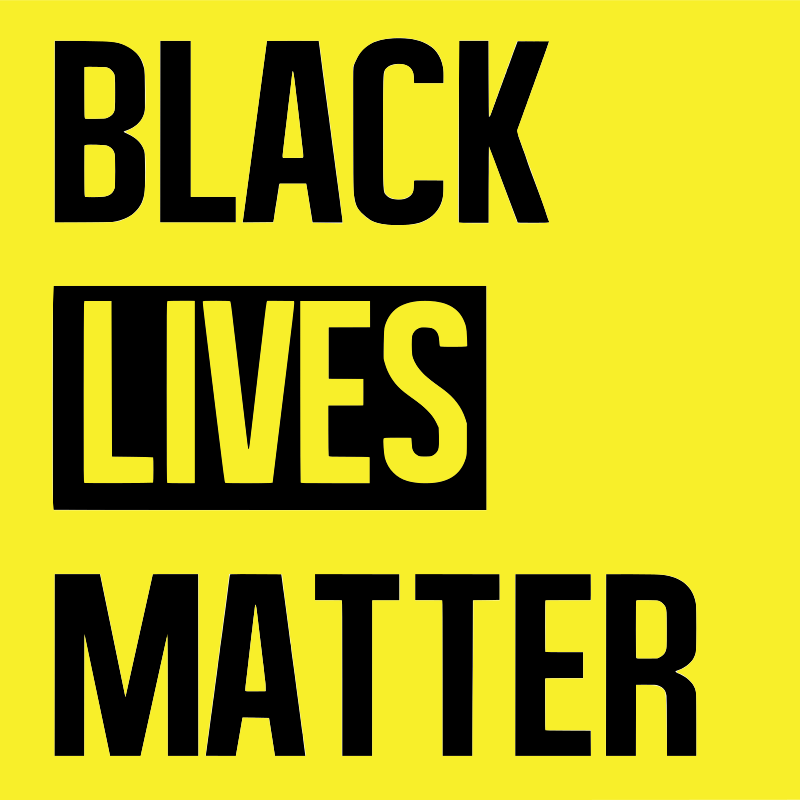This was a place I shared my learning up to December 2021.From 2022 onwards I used a different blog platform.
Friday, February 26, 2021
A Game of Cards - Reflection Section | Wānanga
Parihaka Song — Music Through Time | Social Studies
Thursday, February 25, 2021
Sensory Language | English
Welcome to another post on my blog. Today, I completed another activity for the Creative Writing unit for English. This fourth activity is Sensory Language, I had to create a paragraph/scene that connects the five senses without using the words: saw, heard, smelled, tasted, felt.
The tall spire lupin flowers, with a vivid contrast of purple and pink, capture my eye. Bees fly from one to another. People chatter, capturing photos and observing the picturesque flowers. The melting sun was shining and the breeze was light.
Monday, February 22, 2021
Haiku Poems | English

Friday, February 19, 2021
"The Data That Turned the World Upside Down" - Reflection Section | Wānanga
Text Title: The Data That Turned the World Upside Down
Text type: Informative
Text creator: Hannes Grassegger & Mikael Krogerus
Critical literacy questions:
- What does the author of this text want us to know?
- The author wants the readers to inform us about how Facebook users were targeted for Donald Trump to win the 2016 US presidential elections.
Date: 19 February 2021
This article is talking about Michal Kosinski discovering that Facebook data was powerful. This data can find out your personality (gender, skin colour [95% accuracy) and which party that user will vote for with around 85% accuracy.
Thursday, February 18, 2021
Spirituals — Music Through Time: Transatlantic Slave Trade | Social Studies
 |
| Harriet Tubman in 1895 |
 |
| The Underground Railroad Credit: PBS |
Chorus: Wade in the Water, wade in the water children.Wade in the Water. God’s gonna trouble the water.Who are those children all dressed in Red?God’s gonna trouble the water.Must be the ones that Moses led.God’s gonna trouble the water.ChorusWho are those children all dressed in White?God’s gonna trouble the water.Must be the ones of the Israelites.God’s gonna trouble the water.ChorusWho are those children all dressed in Blue?God’s gonna trouble the water.Must be the ones that made it through.God’s gonna trouble the water.Chorus
Meaning of the song
Wade in the Water - Go in the water so the scent of them goes away, so the dogs won't find them.
Must be the ones that Moses led - Harriet Tubman leading thousands of enslaves to escape. She used songs to send messages to slaves.
The Significance Today in Present

People in America still argue and debate over the impacts of slavery, and there are many protests and movements, such as the Black Lives Matter movement, which use slavery that occurred in the past and is continued to be used during these protests.
Cyber Security | DTE
Metaphors & Similes | English
Tuesday, February 16, 2021
Physical or Chemical Change | Chemistry
- Sample of ZnO (Zinc Oxide)
- Heat source - Hot plate
- Scales
- Heatproof container - evaporating dish
- Tongs
- Heatproof mat
- Get a sample of ZnO (Zinc Oxide) in an evaporating dish
- Weigh the ZnO and container - record weight
- Heat container and ZnO on a hot plate
- Observe any changes - use a phone for before & after photos (could be video)
- Take off heat and put on a heat proof mat
- Let cool - observe - photos
- Re weigh
Language Features | English
Welcome to another post on my blog. For the next few weeks, in English, we are learning about Creative Writing and we are given activities to complete. Today, I've completed my first activity which is about Language Features.
Firstly, I had to choose three out of five language features to explore. Then, write a definition and example for all three language features and lastly, publish our work on our blog.
Monday, February 15, 2021
Critical Literacy | Wānanga
Friday, February 12, 2021
The Treaty Of Waitangi - Reflection Section | Wānanga
Welcome to another post on my blog. This week for Wānanga, we watched a docudrama film about the Treaty of Waitangi. Then, we had to write a summary reflection about the film including the main points of the film.
Text Title: The Treaty of Waitangi - What Really Happened
Text Type: Docudrama Film
Text Creator: Peter Burger (Director)
Text Purpose: To inform us about what happened in the Treaty of Waitangi.
Date: 12 February 2021
The Crown wrote out the treaty. There were many debates and discussions about whether Māori should sign the treaty - because they were worried about their land, people, rights being taken away. So, the Māori chiefs signed the treaty. Later, tobacco and blankets were given away.




